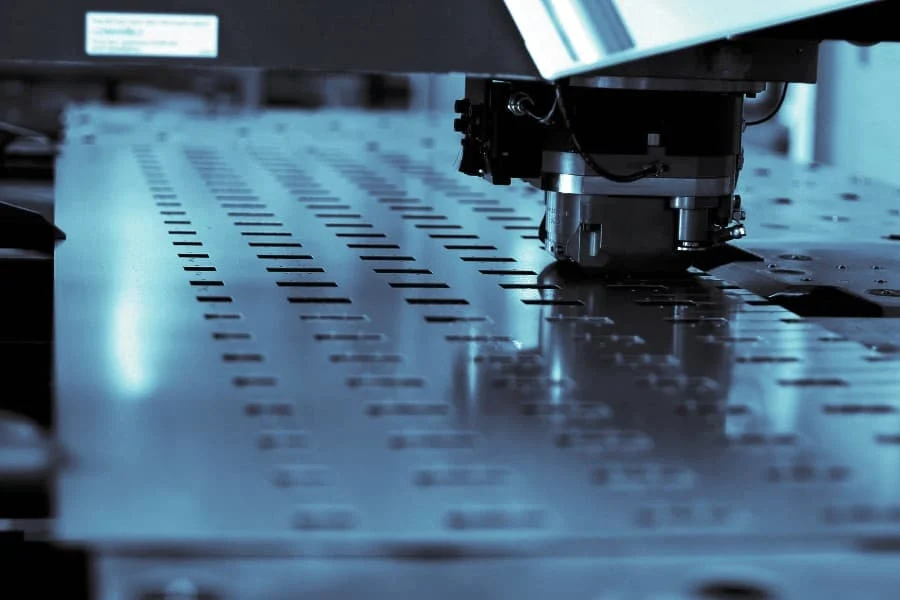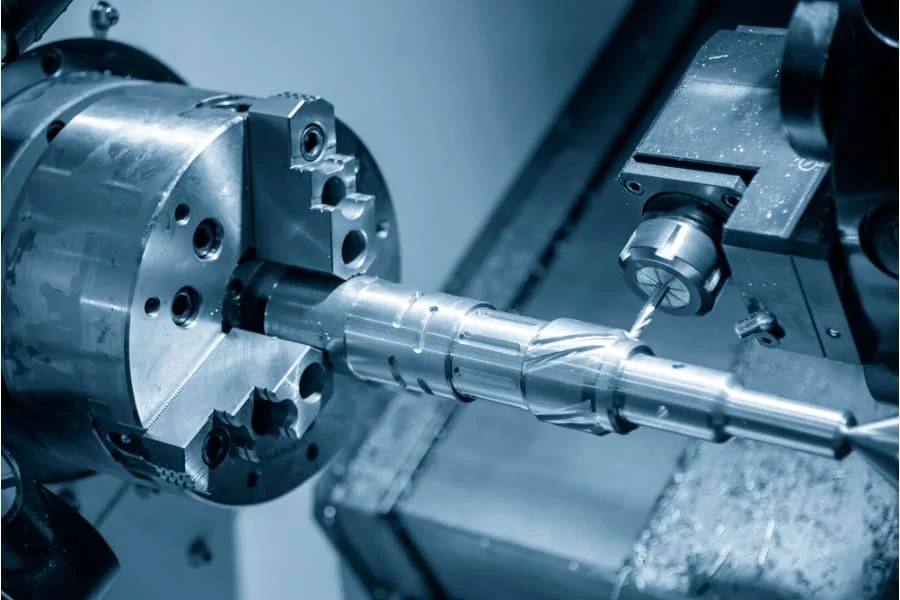Ever wished you could revamp your wardrobe without breaking the bank? Customizing your clothes is a fantastic way to refresh your style, save money, and reduce textile waste. Whether you’re a seasoned seamstress or a beginner with a needle and thread, this DIY guide will help you transform your wardrobe into a collection that truly reflects your unique personality. Let’s dive in!
The Benefits of Customizing Your Wardrobe
Express Your Unique Style
Customizing your wardrobe allows you to express your individuality. By adding personal touches to your clothes, you can create pieces that are uniquely yours. Imagine walking down the street in an outfit that no one else has – that’s the power of customization.
Save Money and Reduce Waste
Fast fashion is not only expensive but also harmful to the environment. By customizing and upcycling your existing clothes, you can save money and reduce textile waste. It’s a win-win for your wallet and the planet.
Getting Started with Wardrobe Customization
Assess Your Current Wardrobe
The first step in customizing your wardrobe is to assess what you already have. Go through your closet and identify pieces that you no longer wear or that need a little update. Look for items that have potential but just need a fresh twist.
Gather Your Tools and Materials
Essential Sewing Tools
Before you start customizing, make sure you have the right tools. A basic sewing kit should include scissors, pins, needles, thread, a seam ripper, and a measuring tape. If you plan to do more complex projects, consider investing in a sewing machine.
Fabrics and Embellishments
Gather fabrics, patches, beads, and other embellishments that you can use to customize your clothes. Look for materials that complement your existing wardrobe and reflect your personal style.
Basic Sewing Techniques
Hand Sewing vs. Machine Sewing
Hand sewing is great for small repairs and delicate fabrics, while machine sewing is ideal for larger projects and sturdier materials. Both methods have their advantages, so it’s useful to be familiar with both.
Understanding Fabric Types
Different fabrics require different sewing techniques. Cotton is easy to work with and great for beginners, while silk and chiffon require more skill. Understanding the properties of different fabrics will help you choose the right techniques for your projects.
Customizing Clothes: Step-by-Step
Altering Hemlines
One of the easiest ways to customize your clothes is by altering the hemline. Shortening a skirt or dress can give it a whole new look. Simply measure the desired length, pin the fabric, and sew a new hem.
Adding Embellishments
Patches and Appliques
Patches and appliques are a fun way to add personality to your clothes. Iron-on patches are easy to apply, while appliques can be sewn on for a more permanent finish. Choose designs that reflect your interests and style.
Beads and Sequins
For a touch of sparkle, consider adding beads or sequins to your clothes. These embellishments can transform a plain garment into a statement piece. Use fabric glue or sew them on for a secure finish.
Upcycling Old Clothes
Transforming Jeans
Jeans are a staple in most wardrobes and offer endless customization possibilities. Turn old jeans into shorts, add distressed details, or create a new pair of cut-off shorts. The possibilities are endless!
Repurposing T-Shirts
T-shirts are another versatile item that can be easily upcycled. Cut off the sleeves for a casual look, create a crop top, or turn an old t-shirt into a stylish tote bag. Get creative and experiment with different ideas.
Sustainable Fashion Tips
Shop Second-Hand
Shopping second-hand is a great way to find unique pieces and reduce textile waste. Thrift stores, vintage shops, and online marketplaces offer a treasure trove of pre-loved clothes waiting to be customized.
Choose Quality Over Quantity
Investing in high-quality, durable clothes is better for the environment and your wallet in the long run. Choose pieces that are well-made and versatile, and customize them to fit your style.
Sharing Your Creations
Building an Online Portfolio
Once you’ve customized your wardrobe, why not share your creations with the world? Building an online portfolio is a great way to showcase your work and connect with other fashion enthusiasts. Platforms like Instagram, Pinterest, and personal blogs are perfect for this.
Engaging with the Fashion Community
Engaging with the fashion community can provide inspiration and support for your customization journey. Join online forums, attend local fashion events, and connect with other DIY enthusiasts to share ideas and learn new techniques.
Conclusion
Customizing your wardrobe is a fun and rewarding way to express your unique style while saving money and reducing waste. With a little creativity and some basic sewing skills, you can transform your clothes into pieces that truly reflect your personality. So, grab your needle and thread, and let the customization begin!
FAQs
- What are some easy customization ideas for beginners?
- Some easy ideas include altering hemlines, adding patches, and creating cut-off shorts from old jeans.
- Do I need a sewing machine to customize my clothes?
- While a sewing machine can make larger projects easier, many customizations can be done by hand with just a needle and thread.
- How can I make my customized clothes look professional?
- Practice makes perfect! Start with simple projects and gradually take on more complex ones as your skills improve.
- What are some sustainable fabric options for customization?
- Opt for eco-friendly fabrics like organic cotton, bamboo, or recycled polyester.
- How can I share my customized creations online?
- Use platforms like Instagram, Pinterest, and personal blogs to showcase your work and connect with other fashion enthusiasts.



